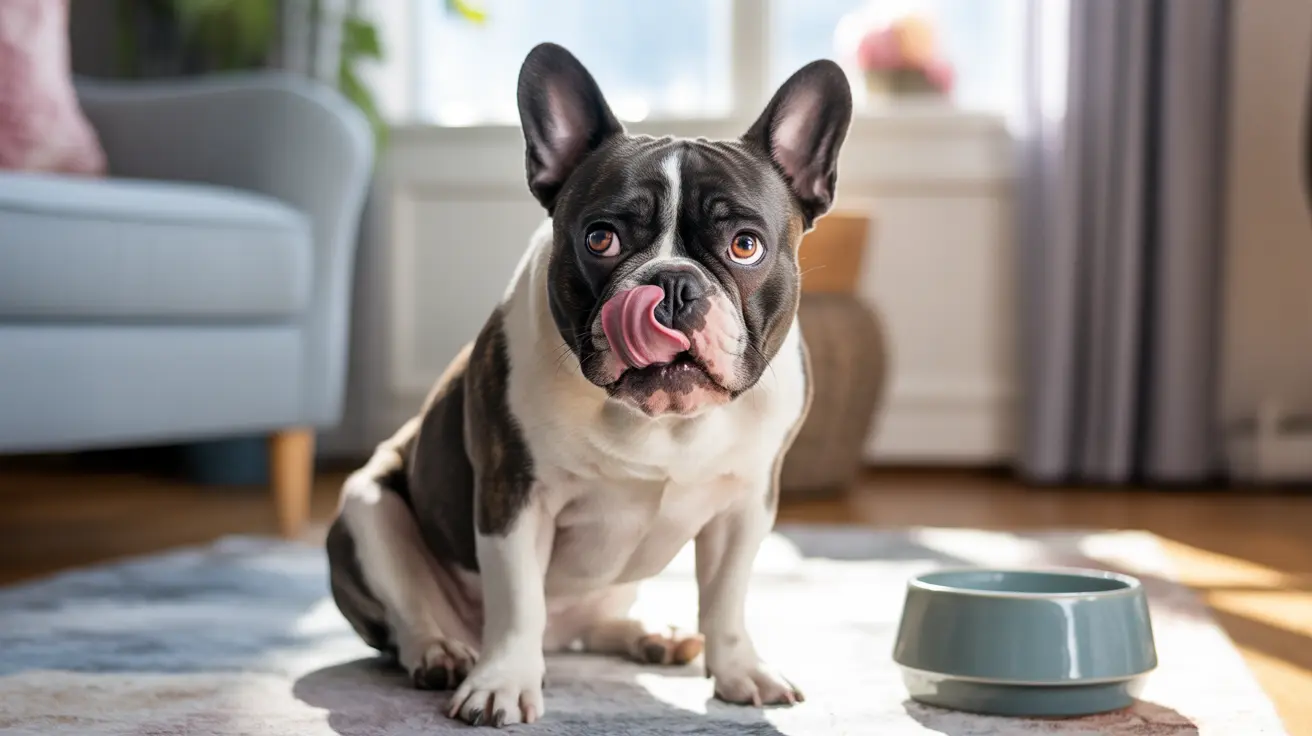Basic Anatomy of the Canine Penis
The dog penis consists of three main sections: the root, body, and glans. Each part serves specific functions during urination and reproduction. The most distinctive feature is the presence of the os penis (baculum), a bone that provides structural support during mating.
The bulbus glandis, commonly known as the "knot," is another unique feature that swells during mating to create the characteristic copulatory tie. This anatomical adaptation helps ensure successful breeding by preventing separation during sperm transfer.
The Role of the Bulbus Glandis in Reproduction
During mating, the bulbus glandis swells significantly, creating a natural lock that can last anywhere from 5 to 20 minutes. This mechanism serves multiple purposes:
- Ensures complete sperm transfer
- Prevents semen leakage
- Increases chances of successful fertilization
- Prevents immediate mating with other males
Common Health Issues and Signs to Watch For
Male dogs can experience various penile health issues that require veterinary attention. Common conditions include:
Paraphimosis and Phimosis
Paraphimosis occurs when the penis cannot retract into the prepuce, while phimosis prevents the penis from extending normally. Both conditions require immediate veterinary care to prevent complications.
Infections and Inflammation
Balanoposthitis, or inflammation of the penis and prepuce, can cause discomfort and requires treatment. Signs include:
- Excessive licking of the area
- Unusual discharge
- Redness or swelling
- Difficulty urinating
Proper Care and Maintenance
Maintaining proper genital hygiene is crucial for your dog's health. However, over-cleaning can disrupt natural bacteria and cause problems. Here are some basic care guidelines:
- Monitor for unusual discharge or swelling
- Clean the area only when necessary
- Watch for excessive licking or discomfort
- Seek veterinary care for any concerning changes
Frequently Asked Questions
What are the main anatomical parts of a dog's penis and how do they function during mating?
The dog penis consists of the root, body, and glans. The glans contains the bulbus glandis, which swells during mating to create the copulatory tie. The os penis (baculum) provides structural support throughout the organ.
How does the "copulatory tie" occur in dogs and why is it important for reproduction?
The copulatory tie occurs when the bulbus glandis swells after penetration, lasting 5-20 minutes. This mechanism ensures complete sperm transfer and increases the likelihood of successful fertilization.
What are common health issues related to the dog penis such as paraphimosis and balanoposthitis?
Common issues include paraphimosis (inability to retract the penis), balanoposthitis (inflammation), and infections. These conditions require veterinary attention and can be serious if left untreated.
How can I safely check and maintain hygiene around my dog's penis and prepuce?
Monitor for unusual discharge or swelling, clean only when necessary, and avoid excessive cleaning that could disrupt natural bacteria. Contact your veterinarian if you notice any concerning changes.
Which dog breeds are more prone to penile conditions like phimosis or urethral prolapse, and what should owners watch for?
Small breeds like Chihuahuas and Bulldogs are more prone to certain conditions. Watch for difficulty urinating, excessive licking, swelling, or discharge, and seek veterinary care if these signs occur.
Conclusion
Understanding your dog's reproductive anatomy and health is crucial for responsible pet ownership. Regular monitoring, proper hygiene, and prompt attention to any abnormal signs will help ensure your male dog's continued health and well-being. When in doubt, always consult with your veterinarian for professional guidance and care.






